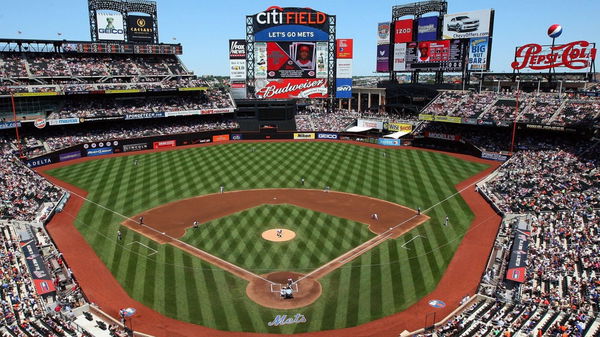

The MLB is a financial juggernaut. Or so it seems from the outside. But 2020 was a rough year for almost all live sports. So just how much did the pandemic hurt the MLB? And how is the MLB doing now?
Watch What’s Trending Now!
ADVERTISEMENT
The team rosters saw big drops in their base wages last season. Some sources ascertain that number to be close to $2.5 billion for the 2020 season. The 2022 season, resuming with a fresh CBA and with the effects of the pandemic in decline, could see the athletes get a fresh bump in the coming year.
ADVERTISEMENT
The MLB revenues
The MLB commissioner, Rob Manfred, told a sports publication late into the 2020 season that the MLB would be suffering losses anywhere between $2.8 billion and $3 billion. Terming these to be “operational losses”. Super Agent Scott Boras on the other hand, reported that not a single MLB team had lost any money in 202o.
But what are the accurate figures?
ADVERTISEMENT

ADVERTISEMENT
Well to be perfectly honest it’s hard to nail down the absolute figures. But estimations can have us guessing close to what the truth can be. As per the calculations of a Forbes journalist, Mike Ozanian, baseball’s revenue had dropped to just under $4 billion. This would mean a drop of a whopping $6.5 billion previously.
Top Stories
Blue Jays Retaliate Back on Japanese Babe Ruth Plan After Yankees & Brian Cashman Try to Sabotage Offseason Plan

Blue Jays’ Hidden Motive Behind $37M Ex-Mets Heist Surfaces as Trey Yesavage Receives Major Boost

Blue Jays to Show Exit Door to 3 Playoff Stars as Ross Atkins Plans Major Changes: MLB Winter Meeting Rumors

Yankees’ Anthony Volpe Backup Plan Hits Roadblock as Rangers’ Call Grows Uncertain Despite Buzz, per Insider

Yankees Launch Aggressive Push for ‘Next Yoshinobu Yamamoto’ Amid Fresh Zack Wheeler–Phillies Link: Report

The operating income for the league saw a wide gap emerge as well in the year of the pandemic. There are only two major revenue streams omitted from the calculations above. More specifically the calculation of Ozanian and those of Scott Boras.
The two revenue streams are easily explained. The costs for the stadiums to be built (negative as against revenue) and the revenue generated by non-baseball events conducted at the stadiums.
ADVERTISEMENT
Read More: How Much Do MLB Umpires Make?
Reasons for the difference in MLB Figures
Ozanian’s figures undertake a direct mapping of accounts. It does not take into consideration accrual accounting for the 2020 season neither does it include the post-season. The figures that he considers include revenues.
ADVERTISEMENT
This means the rights fees all media companies pay teams are included. But the dividends team owners collect from their ownership stakes in regional sports networks are excluded in this model.

ADVERTISEMENT
The revenue made from regional sports networks may also go a long way in accounting for the differential between the figures. When the regional sports networks broadcasting deals do not align with team ownership, these can account for a a sizable chunk of the profits to be made. The networks can really take a bite out of the profits.
However, the real question one must ask themself is, how does it factor in? Despite bean counters not being able to explain it, the MLB seems to be a money machine. To cite the nearest example, The New York Mets, a debt-laden franchise was recently sold to Steve Cohen for an MLB-record $2.42 billion.
ADVERTISEMENT
ADVERTISEMENT
ADVERTISEMENT
ADVERTISEMENT

